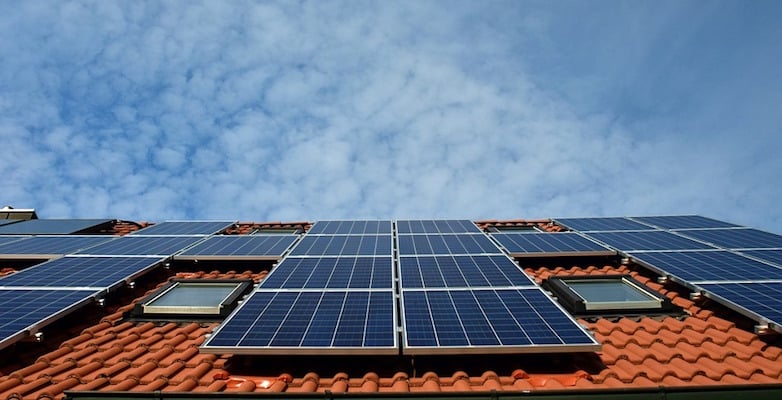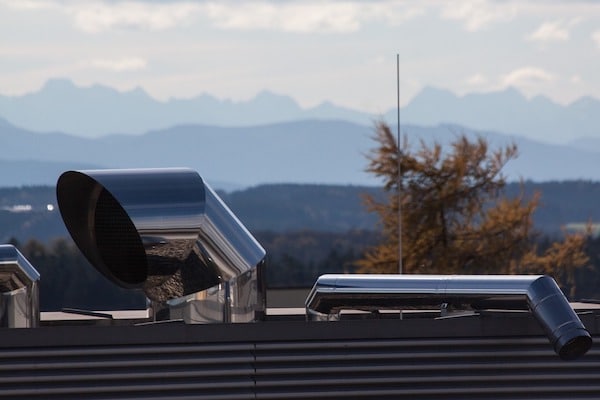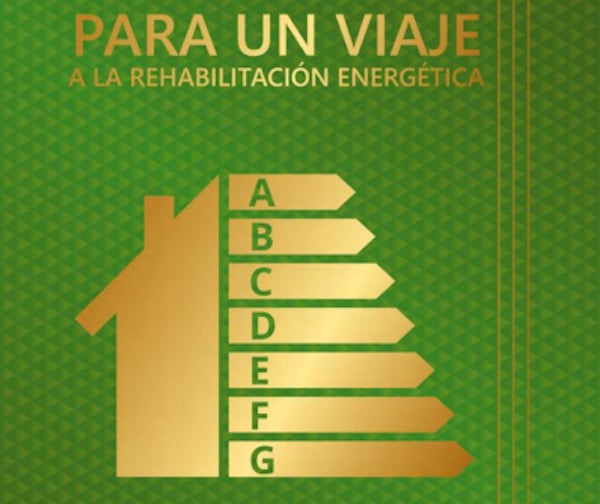Reducing on average, between 200 and 250 euros per year on the electricity bill is such a good saving within our reach. It is just to rely on a photovoltaic energy installation for self-consumption on the roof of our building or on our house and, in addition, we will contribute to the care of the environment.
Last January, the European Parliament vetoed what has been called ‘sun tax’. The majority rejection of the European Parliament to put barriers to self-consumption opens a wide range of possibilities. The goal is to ensure that any person, not only can become a self-consumer of renewable energy, but can also sell the surplus production without being subject to any discriminatory or disproportionate procedures and/or charges that do not reflect the costs. In other words, Royal Decree 900/2015 of the ‘sun tax’ could have the days numbered.

Savings up to 40%
After Paris Agreements the new objective for the European Union is that renewable energies represent 35% in 2030, compared to the initial goal of 27%, forces to give a boost to this kind of clean energy. And there, definitely in Spain, solar energy has a lot to say.
According to Mariano Sidrach, professor of Applied Physics at University of Málaga (UMA), a 2.0 kWp installation would be enough to meet the energy demand of a single-family home. Considering that the approximate cost of an installation of such characteristics is around 1.5€ /Wp, the necessary investment would be around € 3,000.
How long will it take to amortize it? Around ten years, since the annual energy savings provides a 40%, this means a 30% saving (the 200-250 annual euros above said), according to Sidrach’s calculations.
Another great advantage of this type of self-consumption facilities a better use of energy, since losses are avoided in the distribution network, given that the point of generation is the same as consumption.
Surplus energy
Self-consumption photovoltaic installations must be connected to the electricity network in order to send the surplus energy produced. In this way, anyone who opted to have solar panels on their roof receives the same bill as any other consumer, with the costs depending on the power contracted, taxes and energy consumed. What is the difference then?
First of all, is the reduction in energy consumption of 40%. The professor of the UMA explains that “a system that saves 40% only is able to directly use 50% of the photovoltaic energy generated”. The remaining 50% becomes a surplus that is directly delivered into the distribution network.
In the case of systems below 10 kWp, the user is not required to pay the tax for the energy consumed determined by the Royal Decree. However, also does not receive any remuneration for the energy generated and that the electric company will commercialize.
Those exceeding 10 kWp, it is possible to charge for the surplus energy injected, but we will also apply all the taxes of the Royal Decree, which will reduce profitability.
In relation to the national energy system, are all advantages: given that these surpluses are injected into the grid at midday, providing much more energy in summer than in winter, the distribution network gains stability because the peaks of demand for air conditioning are better







Leave A Comment